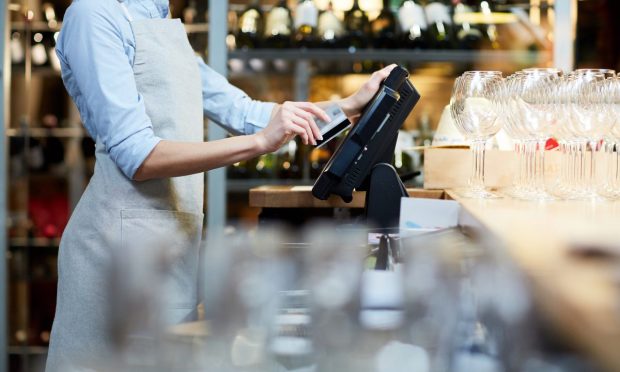Restaurant POS Consolidation Proves Systems Must Do More Than Just Process Payments

With more of restaurants’ operations digital than ever before, managers are becoming all too aware of the limitations of leading solutions. Many businesses are turning to different providers to get each of their needs met, from point of sale (POS) to digital ordering to order management to marketing and more, creating a tangle of digital systems that cannot communicate with one another, and, while still easier than using pen and paper, becomes another source of stress.
The issue is especially relevant now, with the challenging labor market creating mounting pressure to save time and labor. Noting these concerns, restaurant technology providers are taking advantage of the opportunity to widen their offerings, promising to make managers’ daily lives easier.
On Tuesday (Nov. 30) for instance, aggregator and digital ordering technology company Waitr announced that it is partnering with payment processing company Shift4 to offer the latter’s Harbortouch POS system to its restaurant customers.
“We believe that Harbortouch is a leading restaurant POS system and we expect to integrate our delivery services directly into Shift4’s software in 2022, to offer a seamless restaurant experience,” Carl Grimstad, chairman and CEO of Waitr, said in a statement. “We view this strategic partnership as an opportunity to allow Waitr’s partner restaurants to streamline workflows, improve web visibility and reduce technology costs.”
Also Tuesday, ResTech startup SpotHopper announced a $14 million Series A fundraise, a vote of confidence for its goal of providing independent restaurants with an “end-to-end, automated system” that includes an online ordering platform, automated digital marketing features, rewards programs and data analytics, among other services.
“The mounting stack of challenges facing a restaurant operator can be overwhelming, especially since the pandemic,” SpotHopper Co-founder and CEO Aleksandar Ivanovic said in a statement. The goal of our all-in-one solution is to help operators tackle everything they need to do online from one place; for the lowest cost and the least effort.”
Labor Woes
These innovations come at a historically difficult time for restaurants from a labor perspective. According to U.S. Bureau of Labor Statistics (BLS) data on job openings from September, the most recent month on record, quit rates for the accommodation and food services industry were up 40% year over year, and job opening rates grew more than twofold.
Additionally, tools to help restaurants manage their digital presence are especially important, given the rise in online ordering. According to data from PYMNTS’ study The Bring-It-to-Me Economy: How Online Marketplaces And Aggregators Drive Omnichannel Commerce, created in collaboration with Carat from Fiserv, which surveyed more than 5,200 U.S. consumers about how their shopping habits have changed since the start of the pandemic, 58% of consumers are ordering restaurant food online more often than prior to March 2020. Moreover, that figure jumps up to roughly two-thirds for younger consumers including Generation Z consumers, millennials and bridge millennials.
Read more: Bring-It-to-Me Economy Ascends as Consumers Embrace Home-Centric Lifestyles
With this dramatic shift in how restaurants run their businesses comes a huge market opportunity for solutions providers, and those that can find ways to meet restaurants’ need for a comprehensive and easy-to-use digital solution can seize on this chance to build out their customer base and drive spending.
